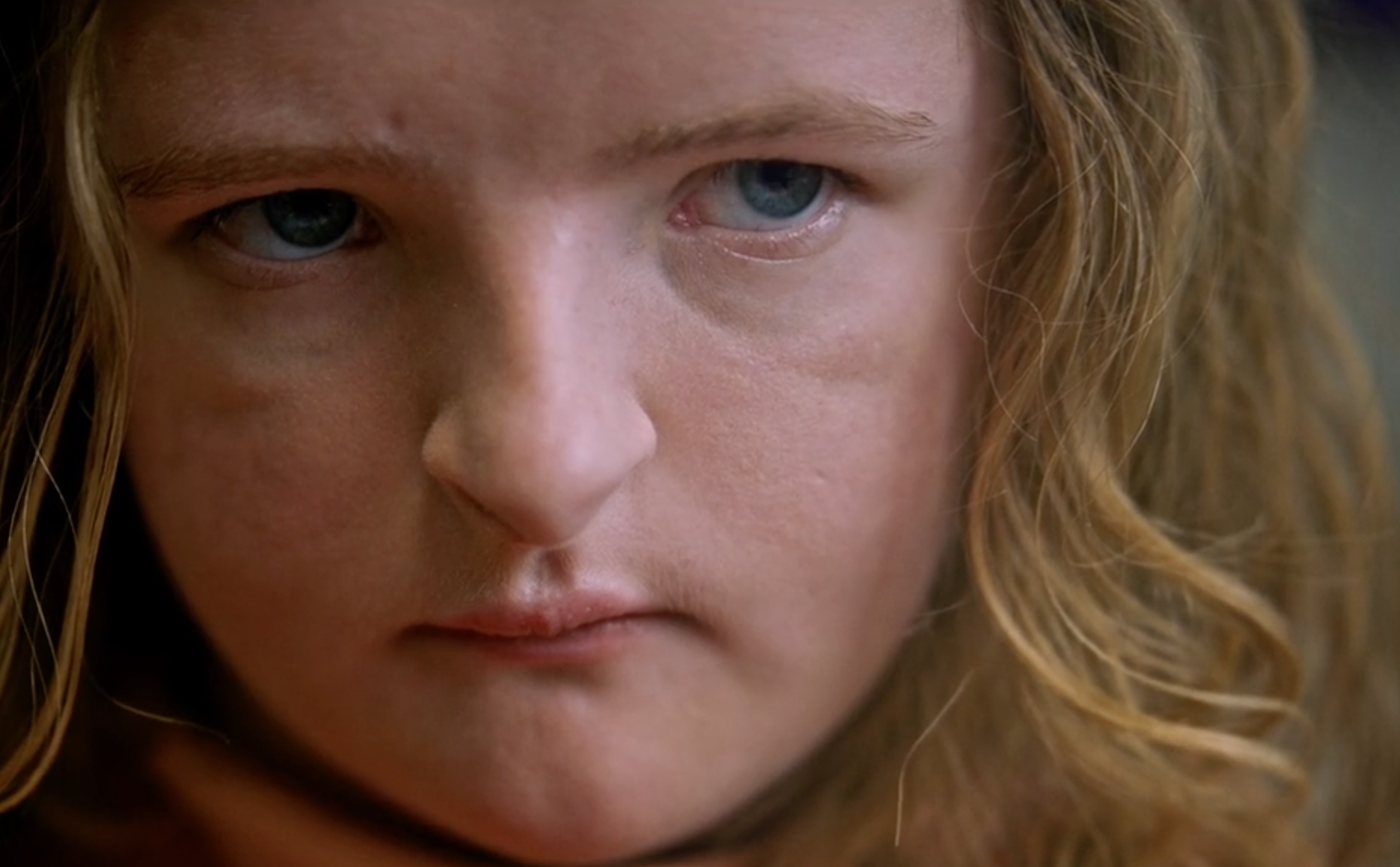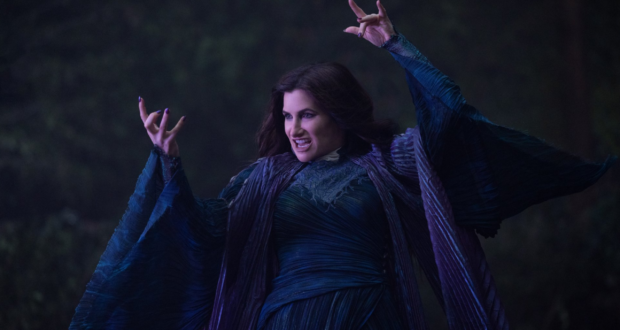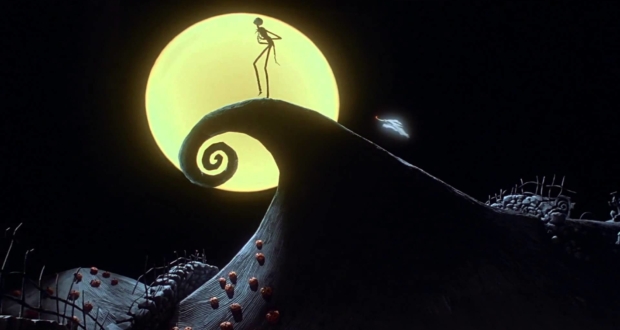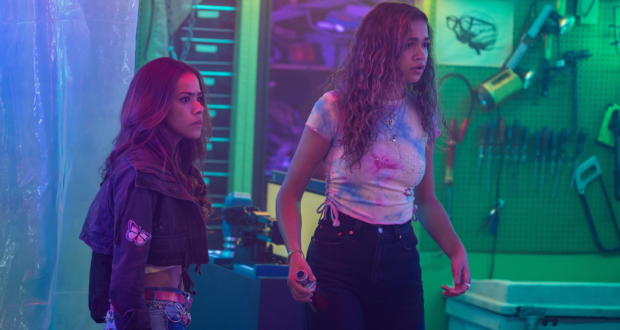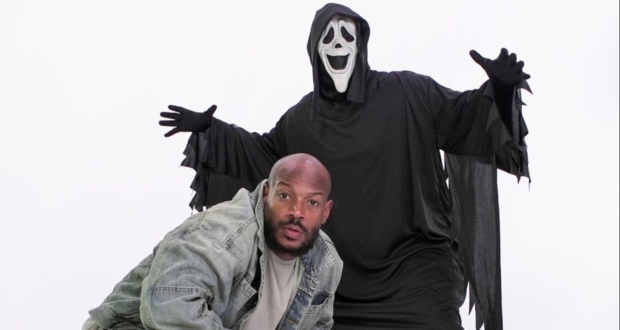A couple of years ago horrors were considered a less popular genre, not capable of delivering massive popularity but in recent years we can talk with a calm conscience about the renaissance of “smart horror”. Ari Aster’s Hereditary, which stunned viewers with its suspense, is an example of a perfect horror movie.
From the very first episodes of Hereditary, we understand that not everything is the way we think they are. The camera turns from the window, which shows the house on a tree inhabited by people who gather for someone’s funeral. The initial, distorting scene immediately sets the tone: sinister forces – those that are stronger, those that govern us – have already done everything.
The main character’s Annie Graham’s (Toni Collette) mother dies – a mysterious, complicated woman, who at the end of her life suffered from dementia. Annie hardly admits that she does not feel grieving and just wants to focus on work and family. Fortunately(if we can count this as a fortune), there are enough worries – her new art exhibition is about to open, and her son Peter and silent daughter Charlie are just on the verge of a difficult age. But after the funeral, strange things begin to happen: the grave is desecrated, and the sullen Charlie, even more, deepens into himself – draws eerie portraits and cuts off the heads of birds.
Path to popular culture
We should mention that Ari Aster has a unique style of depicting horror and various creepy items. Upon its release, the movie garnered huge acclaim among critics and horror fans. At some point, while we mentioned the heads of birds, exhibition items, and indeed very creepy notebooks some restaurants and other entertainment centers used them for marketing purposes. They were shown and placed in different places. The trend then transferred to the gambling industry where brick and mortar casinos created events called “spooky nights”, promising great prizes for anybody showing up with a scary costume. After the trend truly engraved itself within brick and mortar casinos, their online counterparts started to include these “spooky nights” on their platforms as well. This was especially the case with online roulette for real money as the automatic spinning roulette was replaced by things like zombies, ghosts, and other monsters spinning the wheel for you. Hence Aster’s mastery found itself in marketing as well.
On the one hand, we have a story about a family with a long history of mental problems: the deceased suffered from multiple personality disorders, her son – from schizophrenia, and her husband died, denying himself food during the exacerbation of depression. Events evolve very rapidly and there are suspicions that Annie, who unwittingly turned out to be the main narrator and our starting point, also sees the world through the prism of paranoia, irrational fear, and obsessions. On the other hand, the mystical component of the movie and the theme of the occult refers to classics of the genre like Rosemary’s Child and The Exorcist. Perhaps the heredity of the characters makes them vulnerable to faceless evil, dooming them to suffering. This idea is related to the movie with the ancient tragedy, and Aster constantly flirts with this interpretation of history. In several scenes, for example, the characters are literally forced to listen to a lecture on the causes of bad luck of Greek heroes. Unfortunately, the film is far from The Killing of a Sacred Deer, and above all because of the fragmented history.
Amazing pacing
As soon as the tension builds up so much that you squeeze into the back of the chair, the director slows down and begins to think about a completely different topic. In fact, the film’s exposure takes two-thirds of the timekeeping, and the major plot reveals in the last half hour of the film. It seems that Aster was simply afraid that the viewer tempered by classic horror movies too soon would guess what the story was about, and filled it with false moves. Moreover, if the first half of the film develops painfully slowly and catches our attention due to the viscous atmosphere and naked emotions, then in the last fifteen minutes you need to turn on the logic and crack the final plot twist.
However, in some ways, the movie pays off. For example, Aster resolutely gave up the sharp turns of the camera or jump scares, and from this, the film only benefited. The most terrifying scenes of Hereditary are those in which the viewer himself guesses about what is happening, although he or she does not see anything disgusting on the screen. For example, the helpless face of Peter’s son, who knows that his mother is about to learn something terrible and can not help her. From such intimate moments, we are given the awkward impression that we are secretly watching the grief of strangers, and know about these people too much. This is hinted at by fragile dollhouses, which are tinkering with the main character, trying to distance themselves from what is happening around obscurantism. It is likely that Annie’s crafts are also filled with additional symbolism: someone perceives them as a curtsey to Lars von Trier, and someone – as a warning about the vulnerability of the comfortable world of secured and intelligent protagonists.
Toni Collette lets her heroine drown in the senseless phantasmagoria of what is happening, noisily sobbing and shuddering in permanent hysteria. Unlike many horror heroines, Annie is a rational woman who initially laughs at her own fears. From this to look at her failure is doubly disturbing. Gabriel Byrne got the opposite role – his character is pedantic, calm in the face of danger, and suffers from it. Alex Wolff and Milly Shapiro sometimes manage to convey quite natural experiences of teenagers, and sometimes – to frighten the viewer with just a glance at the camera.
As a result, we get an inventive, but unseemly drawn-out horror with uneven pace and brilliant play. Trying not to imitate the classics and confuse the spoiled viewer, Ari Aster created a brilliant and addictive film, which turned out to be too clever for its own good. He also directed another fantastic movie called Midsommar in 2019 and if this is only the first stage of his evolution as a director, then we are waiting for really impressive movies in future.
-
Acting - /10
0/10
-
Cinematography/Visual Effects - /10
0/10
-
Plot/Screenplay - /10
0/10
-
Setting/Theme - /10
0/10
-
Watchability - /10
0/10
-
Rewatchability - /10
0/10
